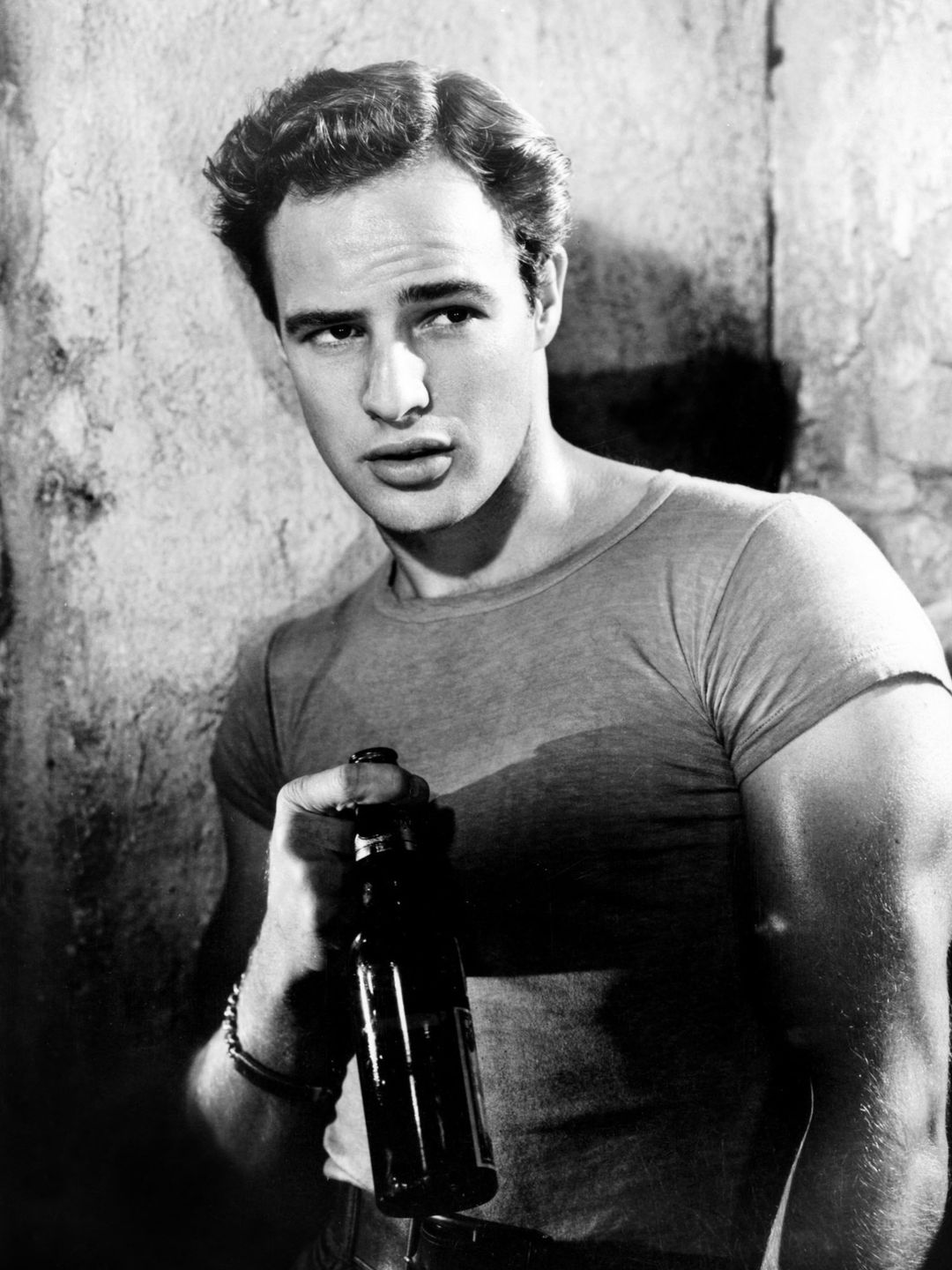Biography of Marlon Brando
Marlon Brando was a legendary Hollywood actor who won two Oscars and Golden Globes. He skyrocketed to fame playing Stanley Kowalski in the film adaptation of "A Streetcar Named Desire." Though he later admitted to hating the character and feared being typecast as this brutish figure, the anti-hero's shadow haunted his entire career, showing up in role after role.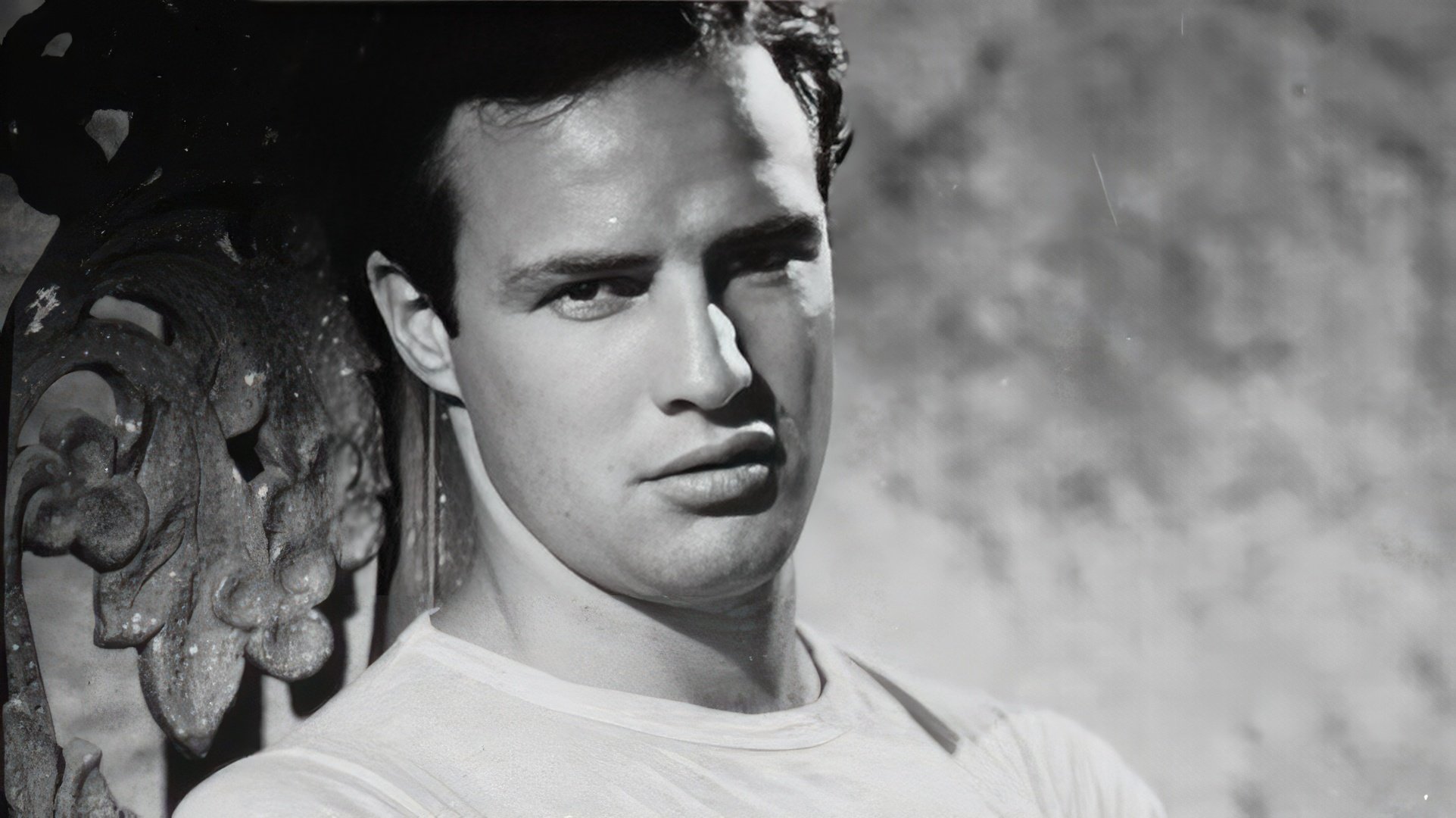
Childhood, Youth, Family
Marlon was born in the spring of 1924 to Dorothy Pennebaker and Marlon Brando Sr. As a child, he was called Bud. His mother was an actress and performed on the Omaha theater stage in a small town in Nebraska. She maintained a friendly relationship with future global star Henry Fonda.
Bud was six, his sisters eleven and eight, when the family moved to Evanston, a town near Chicago. The Great Depression was beginning. Brando Sr. was offered a sales manager position at a calcium production corporation, which was a good escape from his failing business. Dody was adamantly against the move since there was no theater in Evanston, but she didn't dare oppose her husband. She started drinking even more, and a young maid named Ermi, whom Bud grew very attached to, took care of the children.In my early childhood, I had a normal home: father, mother, and two sisters, Frances and Jocelyn. I adored my mother, her beauty, charm, and lightness. However, this didn't last long. Mother started to disappear from home. One day she came home drunk, called the cats into the bedroom, and gave them valerian. When they got intoxicated and lay around her, she fell asleep with a blissful expression on her face, as if she were among her best friends.


Soon, Dody took the children and moved away from her controlling husband to her mother's home in Santa Ana, California. She still drank but focused on her daughters' education: Frances got seriously into painting, and Jocelyn decided to follow in her mother's footsteps on stage. Bud, now a teenager, felt painfully neglected again. He started acting out and constantly clashed with teachers and classmates at school (though he excelled in sports).
Meanwhile, Brando Sr. brought the family back and moved them to a small Illinois village, where they settled in a large house provided by the farm that hired him as a manager. Bud became interested in music and played drums in an amateur band. The school had a drama club, where he eagerly played villains. However, he couldn't handle romantic or comic roles, so he soon quit and started reading his mother's extensive book collection.
Like many kids back then, Brando would tune into radio plays and try mimicking the actors' voices. He started doing impressions of everyone around him and grew increasingly cocky with friends and teachers, earning himself plenty of punishment.
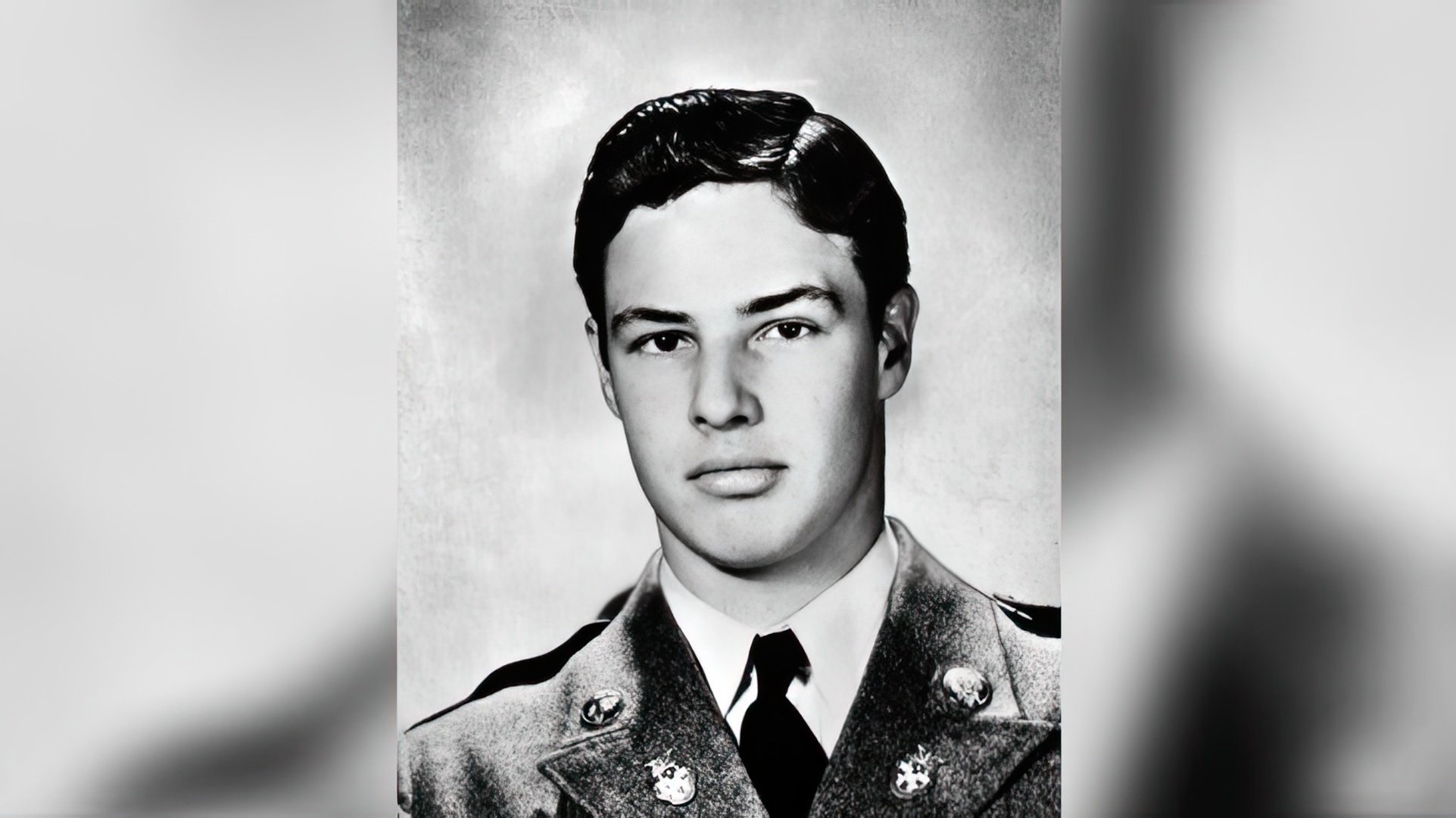
Wagner was so impressed he fired off an enthusiastic letter to Marlon's parents, insisting their son had undeniable acting talent that was being wasted at military school. His father was furious. He believed all actors were gay and thought the profession was disgraceful. But it was too late.
Film Career
The stubborn, headstrong young man dropped out and headed to New York, where his sister was living. He signed up for an acting studio and briefly attended the New School for Social Research for their theater program. World War II was still ongoing when Marlon made his Broadway debut in the play "I Remember Mama."His stage performance as Stanley Kowalski in Elia Kazan's production of "A Streetcar Named Desire" captivated audiences and critics alike. He was hailed as American theater's next great hope, but Brando couldn't have cared less.

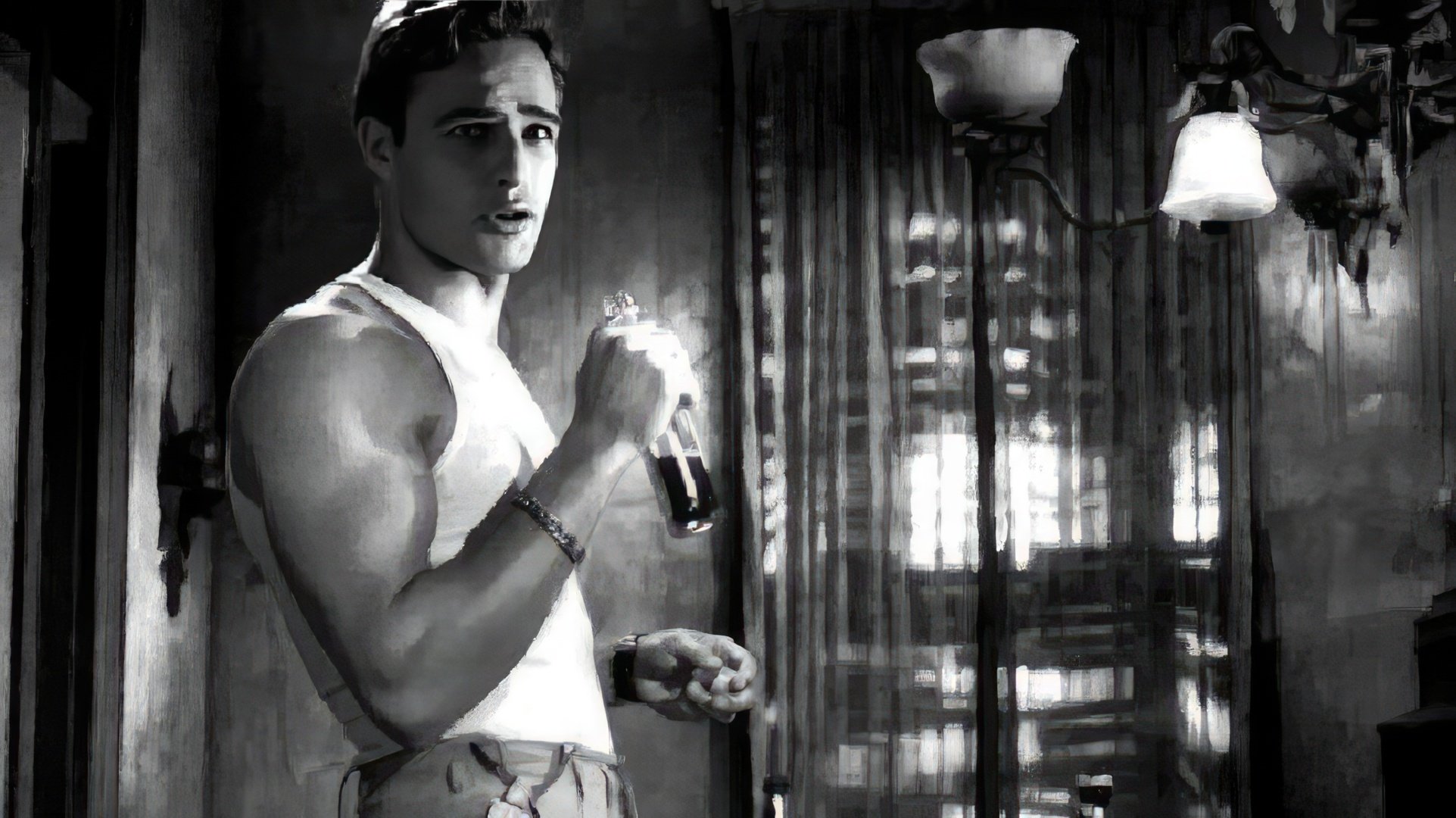


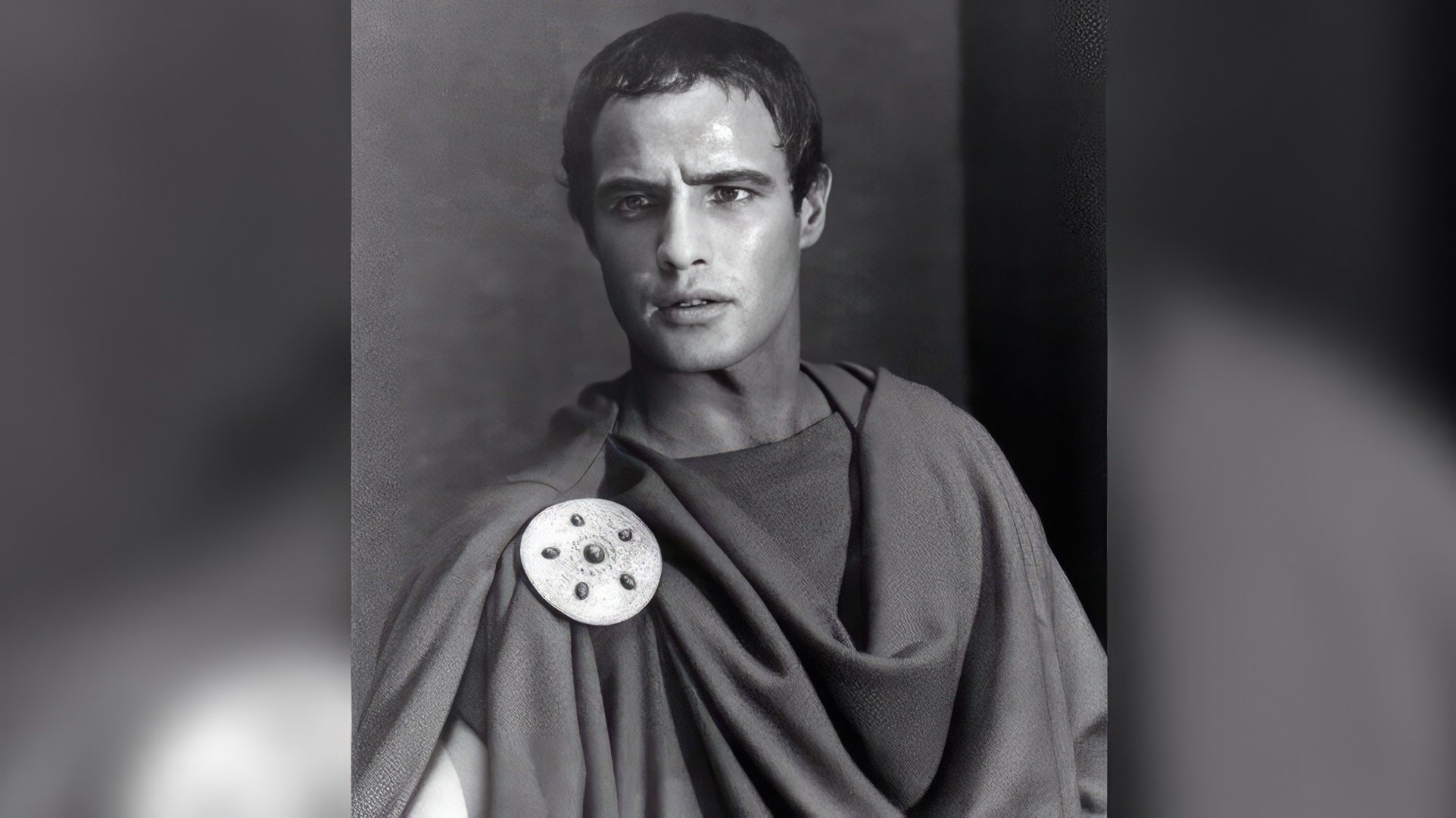
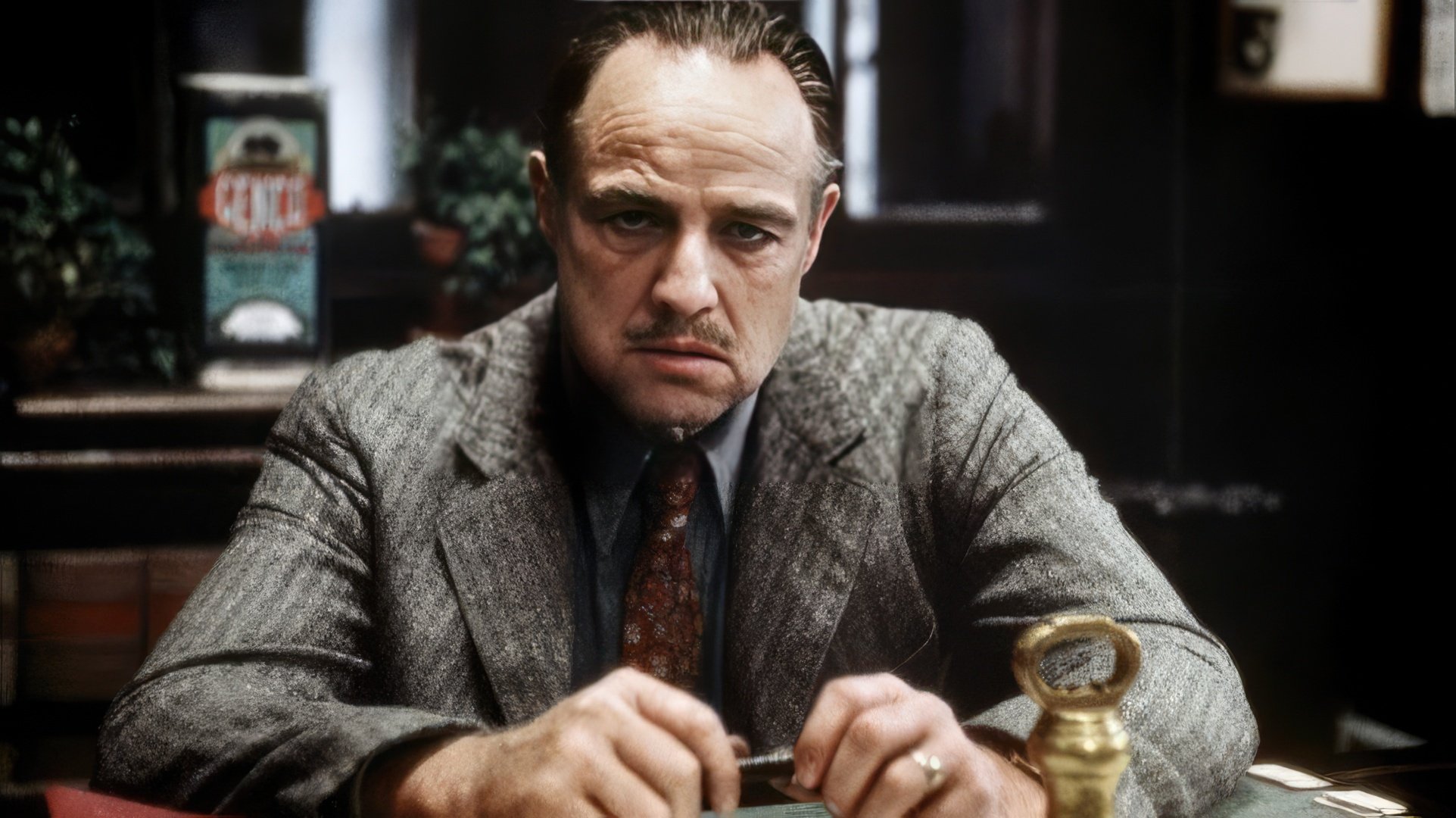
Francis Ford Coppola's visual masterpiece "Apocalypse Now" (1979) deserves special mention for its metaphorical exploration of war's ability to reveal humanity's darkest impulses. Brando's portrayal of the god-complex-afflicted Colonel Kurtz lasted only minutes on screen, but his much-anticipated appearance was so mesmerizing that it left audiences spellbound.
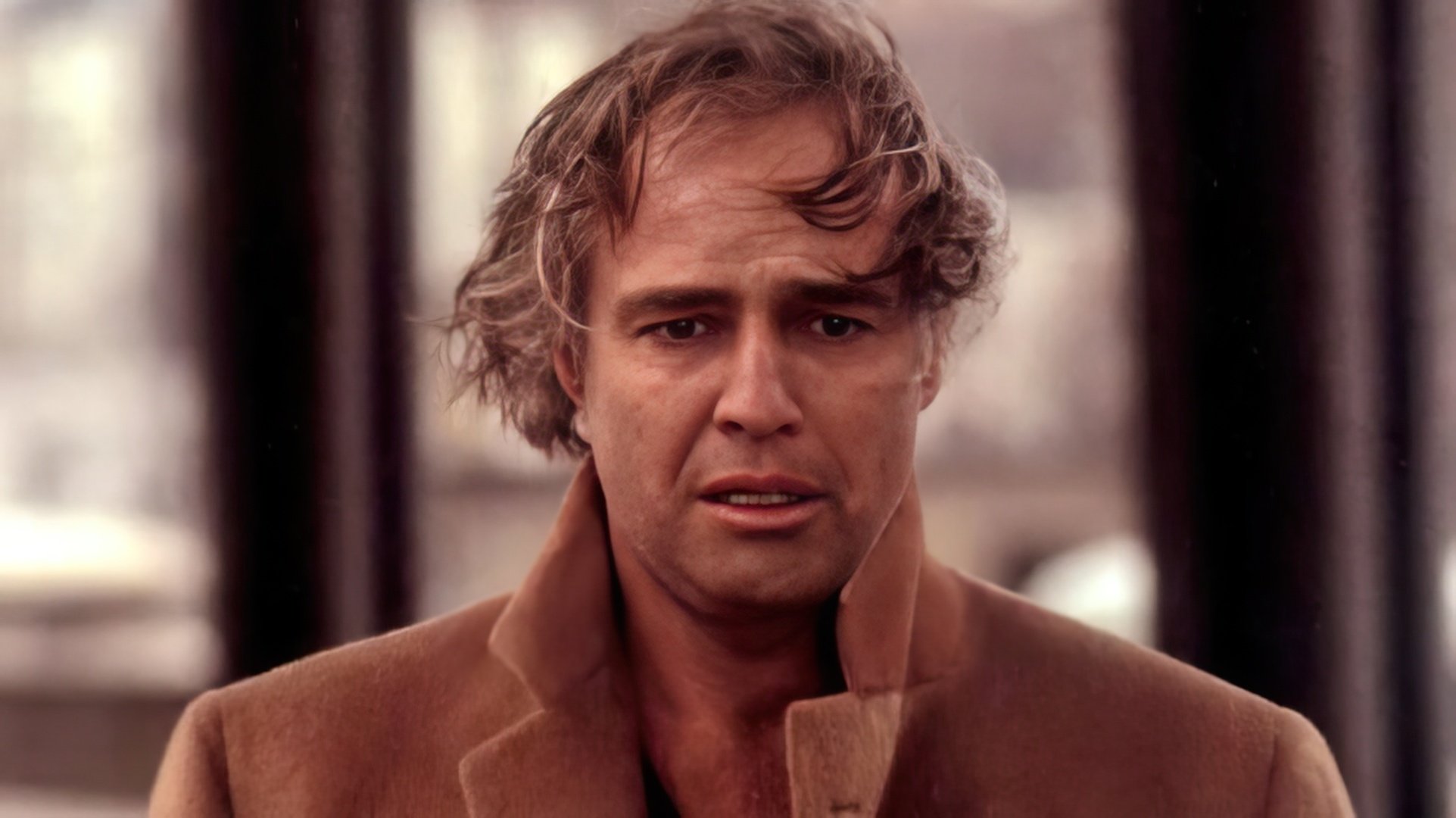
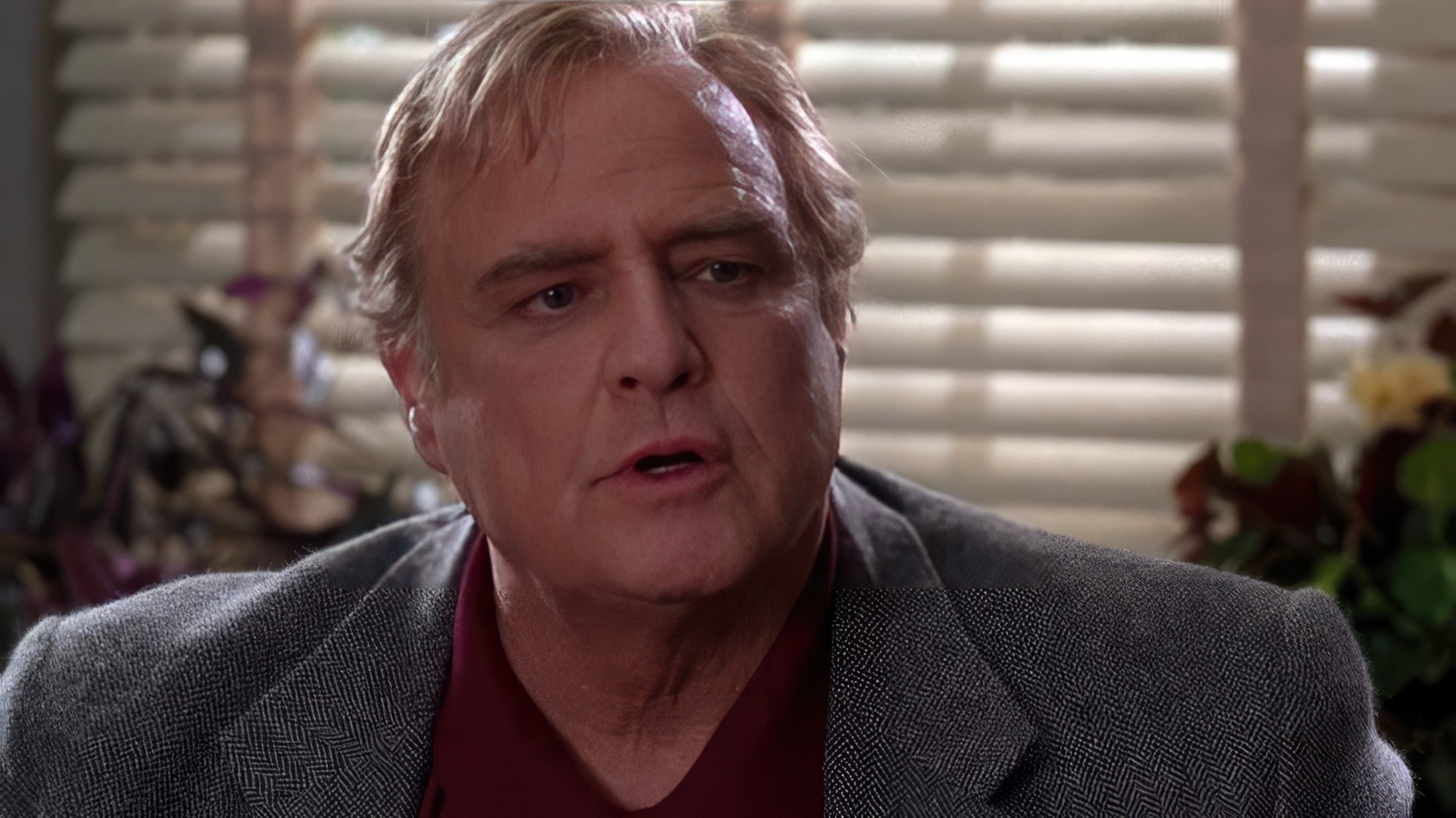
Personal Life of Marlon Brando
In interviews and letters, Brando would often boast about his romantic conquests. He named Marlene Dietrich, Ingrid Bergman, Veronica Lake, and Joan Crawford.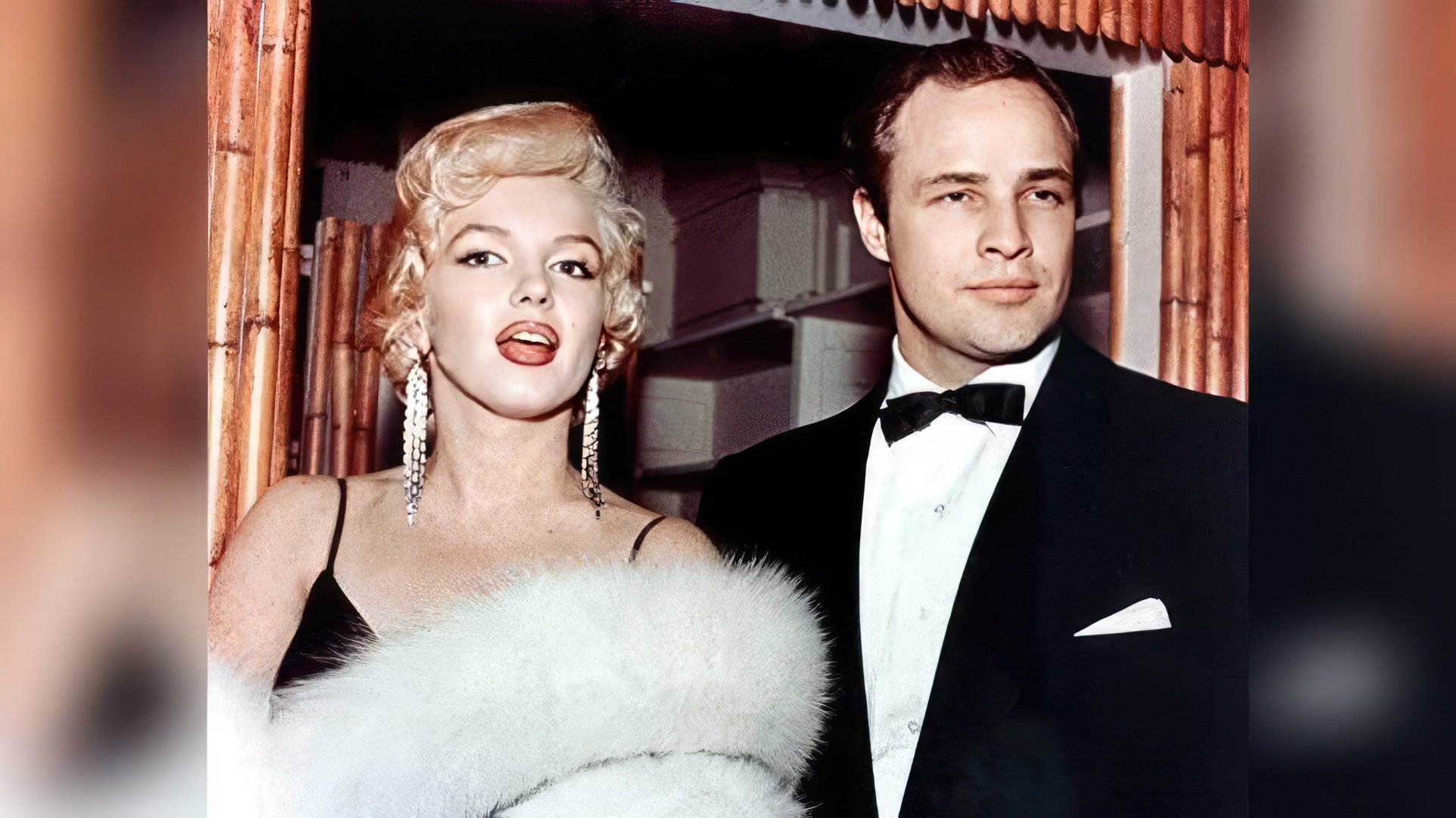

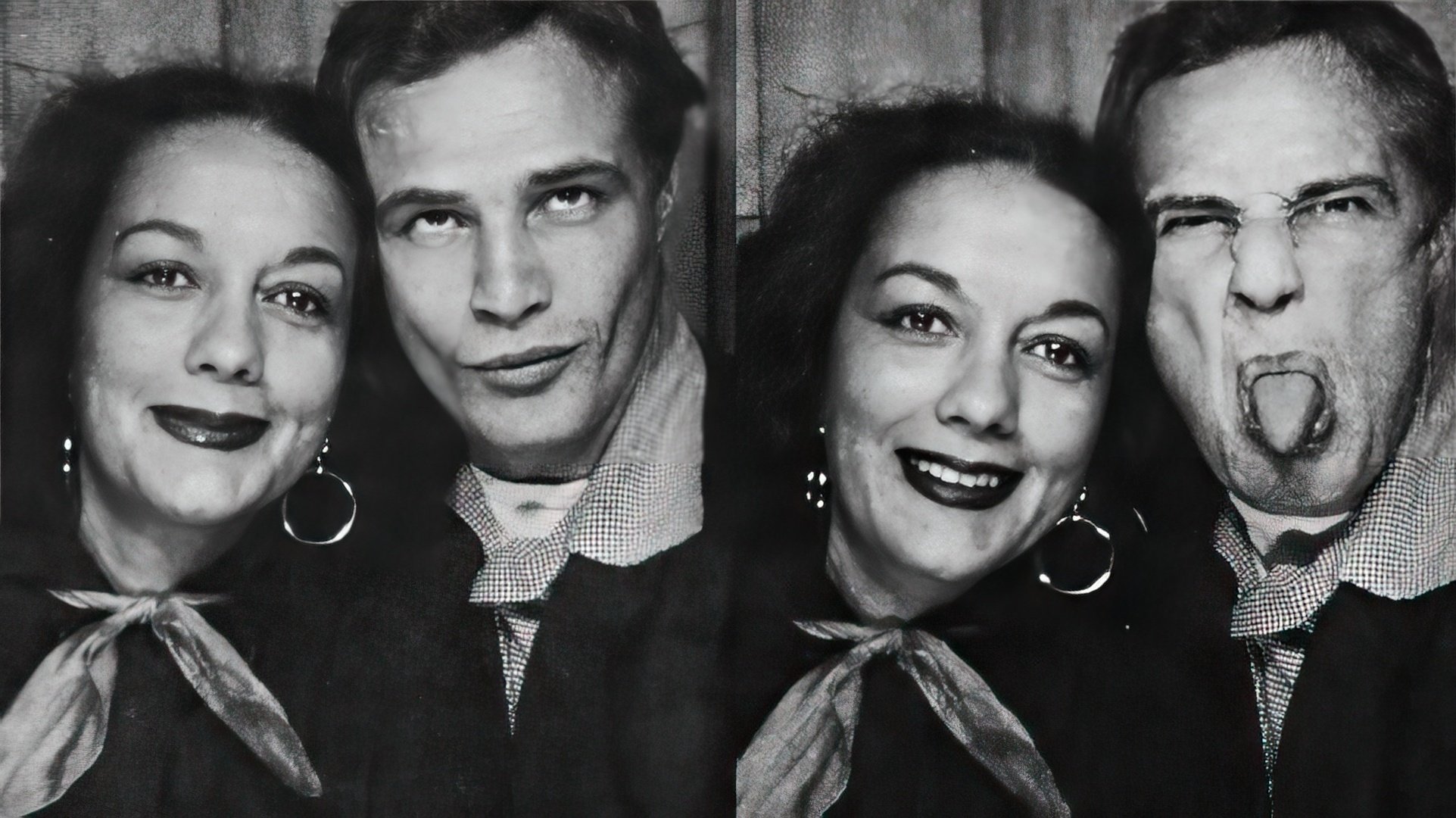
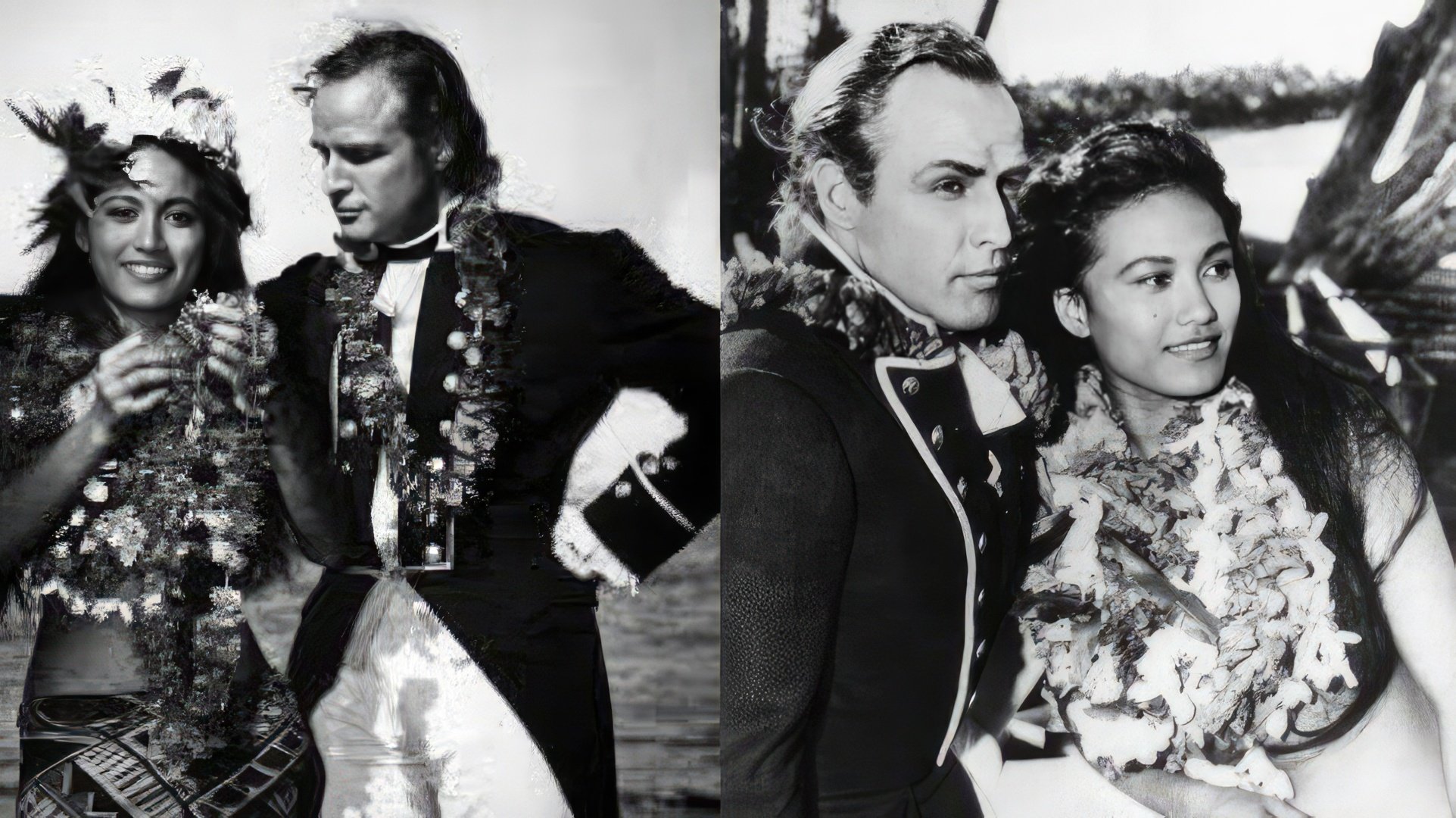


Death
In the late nineties, the former Hollywood heartthrob began suffering from obesity caused by diabetes and liver disease. His weight exceeded 285 pounds, and he started having lung problems.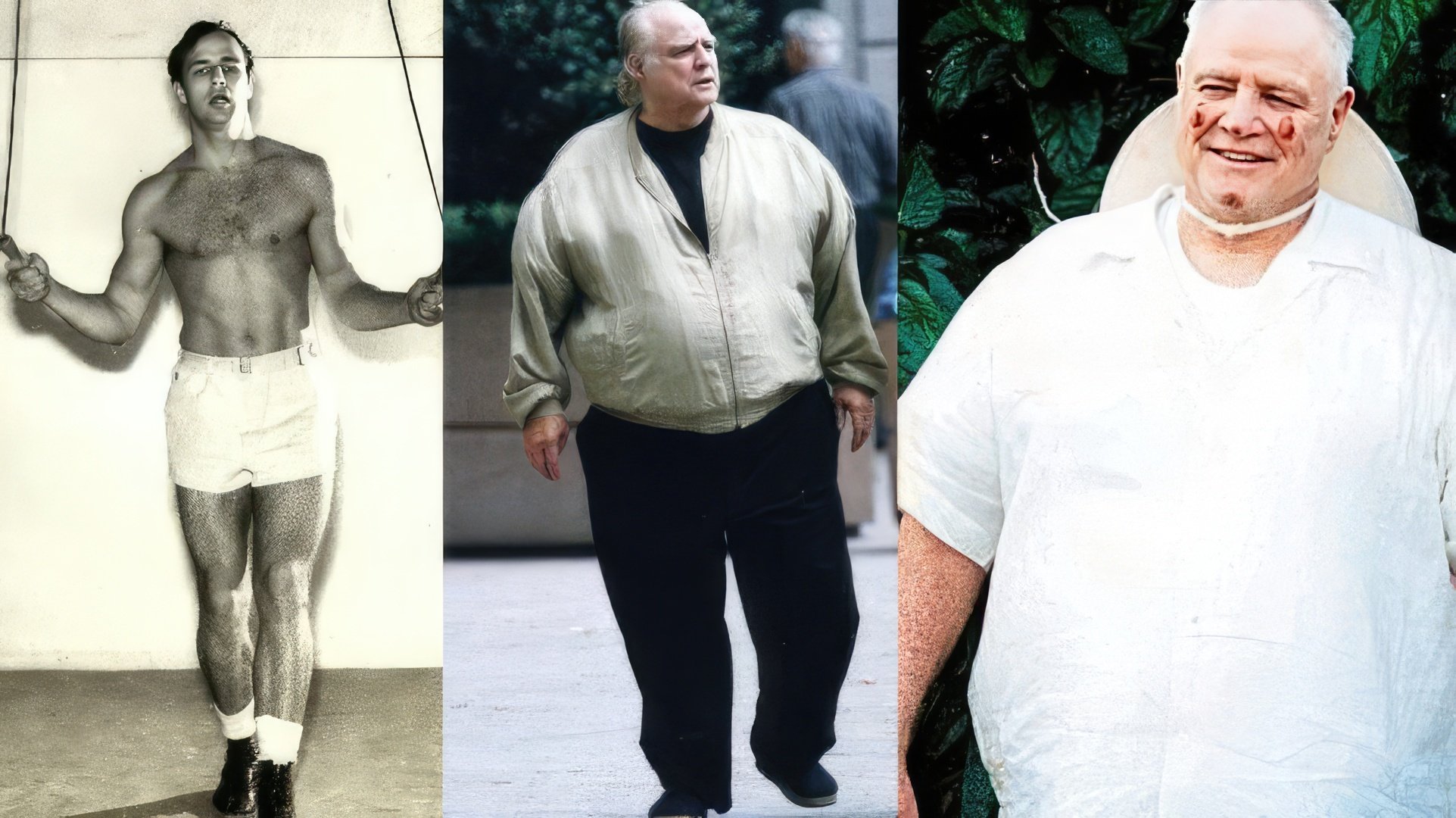
Before being taken to the Ronald Reagan Medical Center, the actor recorded detailed instructions for his own funeral: the names of invited guests, those he didn't want to see, how to start the ceremony, and how to end it. He wished for his ashes to be scattered over the ocean along with the ashes of his childhood friend Wally Cox, whose urn he had kept at home since Cox's death.
On July 1, 2004, the Hollywood legend died from respiratory failure, refusing resuscitation efforts. The funeral followed his exact wishes, and after cremation, his ashes were divided into two parts and scattered over the ocean near Tahiti and over Death Valley in California.
